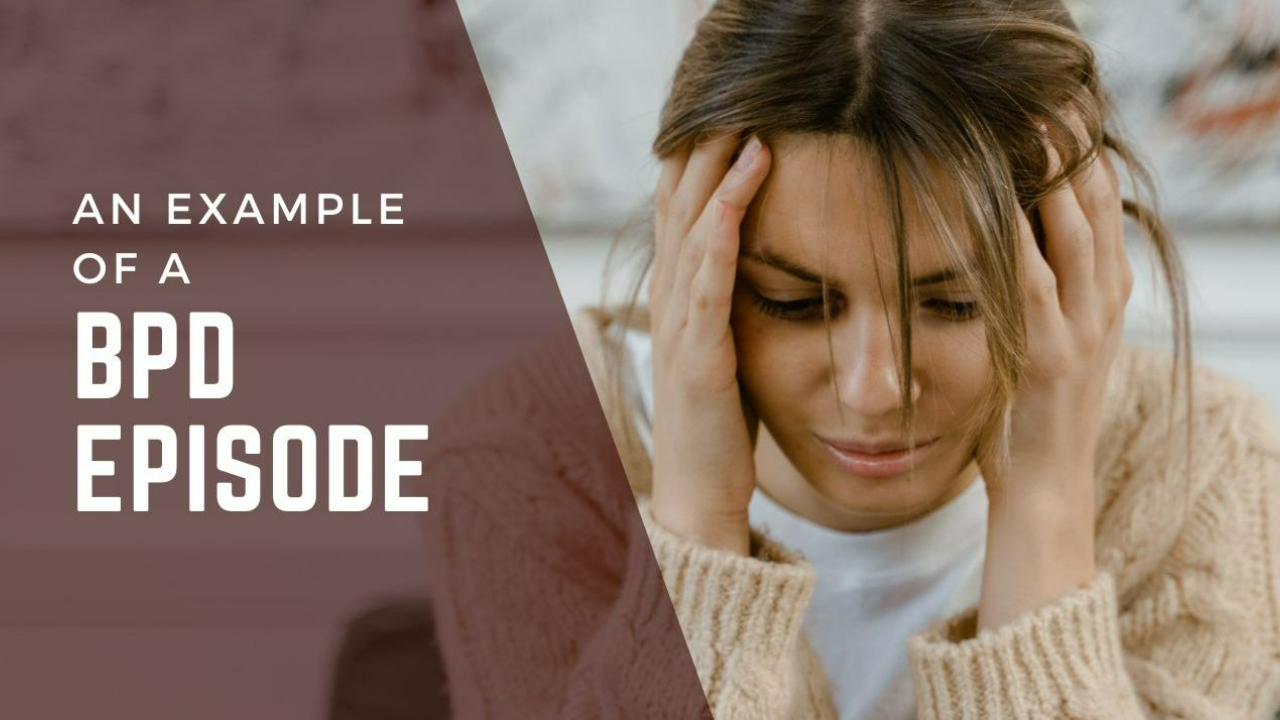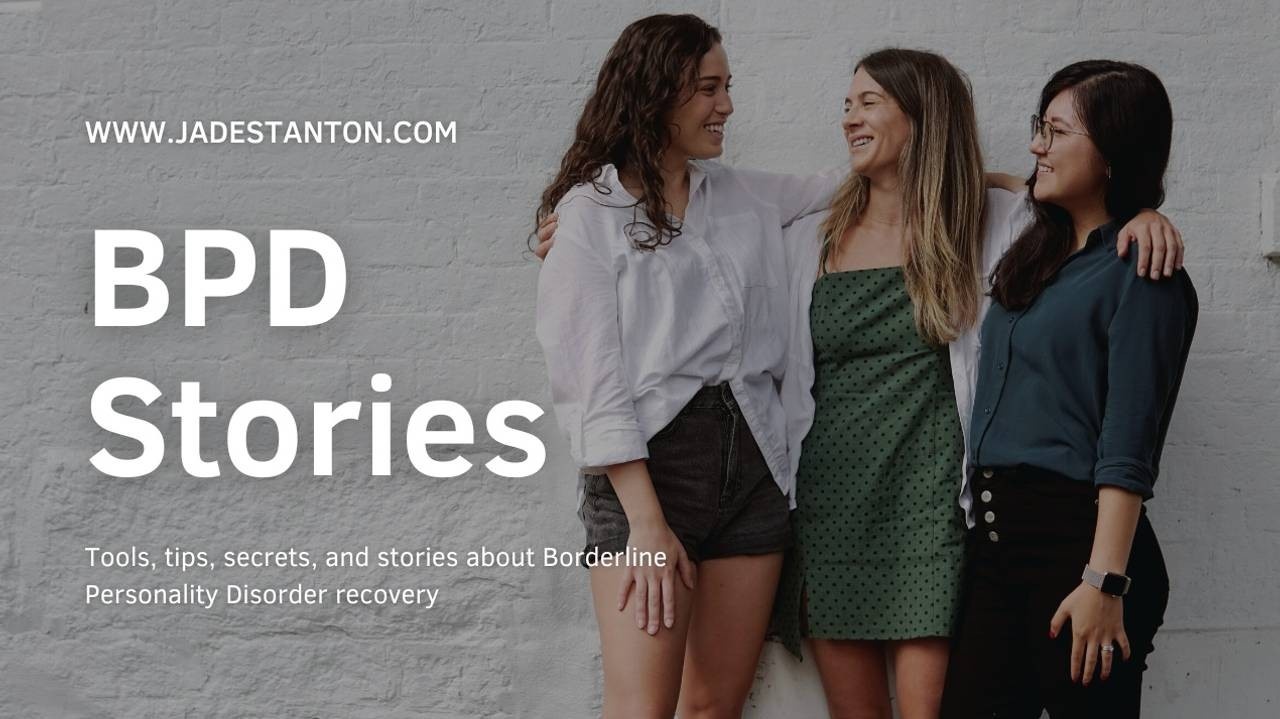
The BPD Episode: An Example of How BPD Can Look And Feel In Real Life
When someone has a "BPD episode," most people think of a screaming, threatening, object-throwing meltdown. But this is not always the case. Borderline Personality Disorder can look vastly different from person to person, which is one reason why BPD can be misdiagnosed so frequently.
A question I often get is "I don't relate to what others describe. I don't yell, self-harm, or lash out at others. Does that mean I don't have BPD?"
Not all episodes are the same.
I'm no doctor; I can't tell you which diagnosis you may or may not have. Many diagnoses can look similar to each other. But I can tell you with absolute confidence that not everyone with Borderline Personality Disorder reacts the same when they are having a "BPD episode." If you have BPD and are working on managing your "episodes" better, it's important to know what symptoms look like for you.
So what do I mean by a BPD episode? Here is just one (of many) examples of a common BPD cycle. Remember, it's not the same for everyone. But this may help you recognize signs of an episode coming on. And it might help a loved one understand a little bit more about what goes on behind the scenes.
A common BPD cycle (not the same for everyone):
1. Person feels stressed, afraid, or overwhelmed.
2. Emotional intensity rises quickly.
3. Person starts to panic, feeling little control over the emotions.
4. Person searches for outer affirmation, comfort, or assurance.
5. Person doesn't get the comfort they were hoping for, and emotional intensity continues to rise.
6. Person desperately tries to seek out an answer as to why this is happening.
7. Person desperately tries to communicate what is wrong, but can't find the right words.
8. Person becomes completely dysregulated, panicked, drops into despair that they will be able to manage their emotions or get the help or understanding they need.
9. Person feels explosive rage or self-hatred for not being able to calm down or act "normal".
10. Person feels explosive rage towards others for not being able to understand the suffering or the communication.
11. Person feels intense shame over reactions that they tried to control, but couldn't.
12. Person feels intense shame over things said and done during the episode.
13. Person attempts to push others away so they won't witness a repeat.
14. Person attempts to punish themselves for reactions in hopes that they might control it better.
15. Person feels intense sadness at the loneliness and isolation of struggling with something people can't understand.
16. Feelings of hopelessness and failure, thinking of the likelihood that an episode will reoccur, and it will all repeat again.
Other people may see the surface reactions. The anger, the lashing out, the threats to self-harm, the verbal attacks. Or they may see something completely different: shutting down, hiding, going silent, self-blame, guilt, shame.
What many other people don't see is what goes on beneath the surface.
My hope is: the more people understand the deeper sides of Borderline Personality Disorder, the more equipped they will be to offer empathy and care, rather than judgment, for those who struggle with this diagnosis. And the more equipped WE will be, as people with BPD, to manage our episodes with mastery so we can go on and live our lives, free from their control.
If you struggle with this cycle or a cycle that looks completely different, BPD episodes do NOT have to control your life forever. You CAN break the cycle.
And here's a tip on how to do it: Start tracking your episodes. Write down the "warning signs" that an episode might be coming. And then prepare ahead of time for situations that might trigger one!
You can use Dialectical Behavior Therapy skills to help you design a plan, and get help and support while you learn to master the process.
You're not alone. And there is hope.


